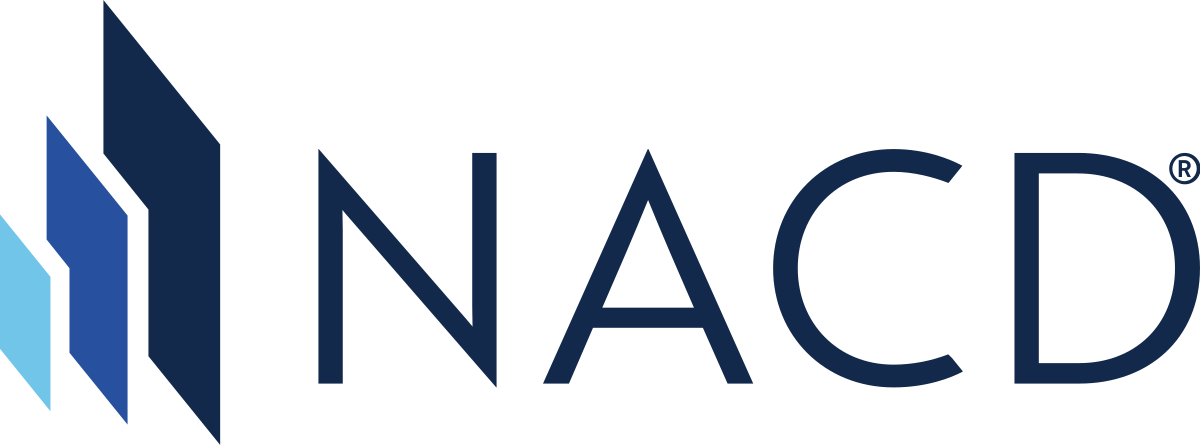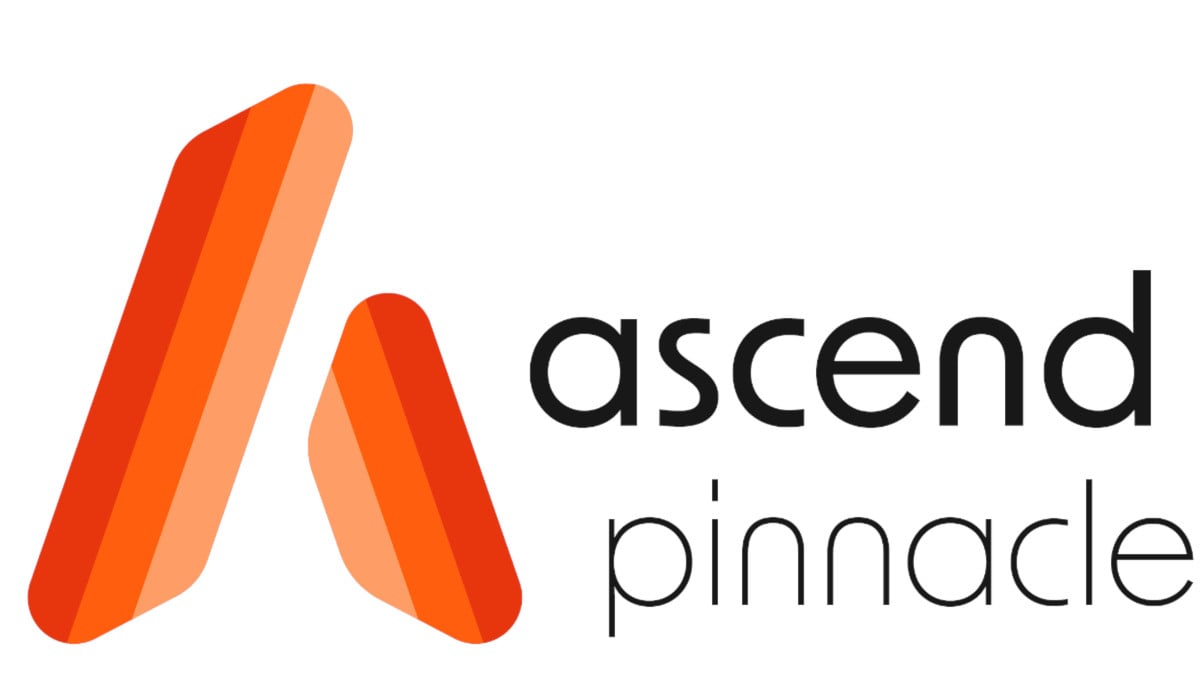
Powering Your Thought Leadership: Refreshing Your Personal Brand
Archive

NACD Northern California
Contact Us
Lisa Spivey,
Executive Director
Kate Azima,
Director of Partnerships & Marketing
programs@northerncalifornia.nacdonline.org
Find a Chapter
About The Event
In today’s competitive governance landscape, board directors must continuously refresh their brand, clearly articulate their value, and demonstrate their relevance through thought leadership. In this program, Tina Chang and moderator Barbara Adachi, NACD.DC highlighted best practices for directors to refine their board bio to reflect their evolving governance contributions, articulate a compelling board value proposition, and explore channels and strategies for thought leadership.
VIEW THE RECORDING
KEY TAKEAWAYS
Refreshing Your Personal Brand
- It’s important to update your value proposition and board bio every six months to reflect changes in the market and shifts in your goals. This helps maintain relevancy and showcases your evolving expertise.
- Leaders don’t retire; they “rewire.”
Defining Thought Leadership
Some examples of how to define thought leadership include:
- Sharing your unique point of view, making others see you as an expert
- Providing key insights and sharing your life’s work to educate others
- Being a leader in how to think about a particular set of problems or challenges within your domain
- Helping others ask better questions and being purposeful and intentional in your approach
- Making a lasting impact and being known for driving positive change
- Making a meaningful difference rather than gaining recognition for the sake of recognition
- Raising your visibility and finding your unique voice to create change within your industry (This voice should contribute value to the ecosystem, educating others while helping them understand and navigate key challenges.)
Strategy for Thought Leadership
- Establishing a thought leadership strategy is crucial. While the effort doesn’t have to be overly complex, it needs to be intentional and aligned with long-term goals.
- Think of thought leadership as an “infinite game,” where the focus is on staying relevant and continuing to add value over time.
- Your strategic plan should be simple: Define why you’re doing it, why it’s important, who your audience is, and the key messages you want to communicate.
- Recording this strategy ensures that your efforts are not scattered or haphazard but that you maintain a consistent and impactful voice.
- Commit to a cadence of sharing, setting milestones to track your progress, and staying accountable to your vision.
Five Pillars of Thought Leadership
- Build your thought leadership strategy
- Design your brand, story, and messages
- Ongoing communication practice or testing of messages
- Create and secure platforms to amplify and drive impact
- Expand your strategic and influential connections
Framework for Thought Leadership
To effectively navigate the journey of thought leadership, ask yourself some key questions:
- Why: Why is it important for you to dedicate time and energy to this? Stay anchored to your purpose throughout the process. For example, is it to raise your profile to find your next board seat, use your expertise to educate people, unlock a new level of personal achievement, brand yourself outside of your usual set of roles, or something else?
- Who: Who is your audience, and how can you tailor your message to resonate with them? For instance, expectations differ between boards at public companies and those at private-equity-backed firms.
- What: What do you want to communicate? This depends on the needs and interests of your target audience.
- How: How will you convey your message? Whether in a brief, two-minute statement or a deeper conversation, practice is essential for crafting an impactful message.
- Where: Where will you appear and share your voice? Whether at conferences, on social media, or somewhere else, strategically define the platforms where you will show up.
- How much: How much time do you want to invest in thought leadership, and where will that time come from?
Understand Your Unique Differentiator
- Know your background, credentials, and what drives you.
- Understand your target audience and their pain points.
- Over-index on your purpose and what brings you joy.
The intersection of these areas is where your unique value lies. This is your key differentiator and what will set you apart in your field.
Consistency vs. Evolution
- Your unique voice needs consistency, especially over the course of a year, but allow space for evolution.
- Your brand should evolve as you grow and respond to shifting contexts while staying true to your core principles.
Authentic Storytelling
- People remember stories, not your credentials.
- Tell your story authentically by sharing what you’re passionate about and the challenges you’ve faced in your industry. The goal is for people to remember your story long after they’ve heard it.
- Frame your narrative as a journey—identify the struggle and position yourself as the hero who overcame those challenges to create positive change.
Leverage Your Personality
- Express your personality through storytelling to help your audience relate to you. Practice your storytelling skills whenever you can.
- Choose two authentic personality archetypes that best represent you. Be consistent with this tone in your brand so that people know what to expect.
Where to Focus
- There are a variety of owned content platforms, including social media, newsletters, and blogs, as well as earned media like interviews and podcasts.
- Consider the balance between earned, owned, and shared content. Focus on owned and shared content initially, as this allows for greater control over your narrative. As you build your reputation, earned media opportunities will become more valuable.
- Networking with strategic decision-makers is key to building relationships and gaining visibility in your field. Use networking as a tool to open doors and access opportunities.
- Inject your personal touch into your content. Share why specific topics matter to you, allowing your audience to connect with your purpose.
- Attend industry-specific conferences and be a guest on relevant podcasts to amplify your voice and share your expertise.
- Use artificial intelligence to search for events that align with your topics and audience, and build meaningful relationships with those in your ecosystem.
Plan for the Journey
- Be strategic about your thought leadership journey. Define specific goals for each quarter and commit to practical actions that will help you achieve your broader vision.
This event was in partnership with:
NACD Northern California
Contact Us
Lisa Spivey,
Executive Director
Kate Azima,
Director of Partnerships & Marketing
programs@northerncalifornia.nacdonline.org
Find a Chapter
Registering for an NACD or NACD Chapter Network event you agree to the following Code of Conduct.
| NACD and the NACD Chapter Network organizations (NACD) are non-partisan, nonprofit organizations dedicated to providing directors with the opportunity to discuss timely governance oversight practices. The views of the speakers and audience are their own and do not necessarily reflect the views of NACD. |

